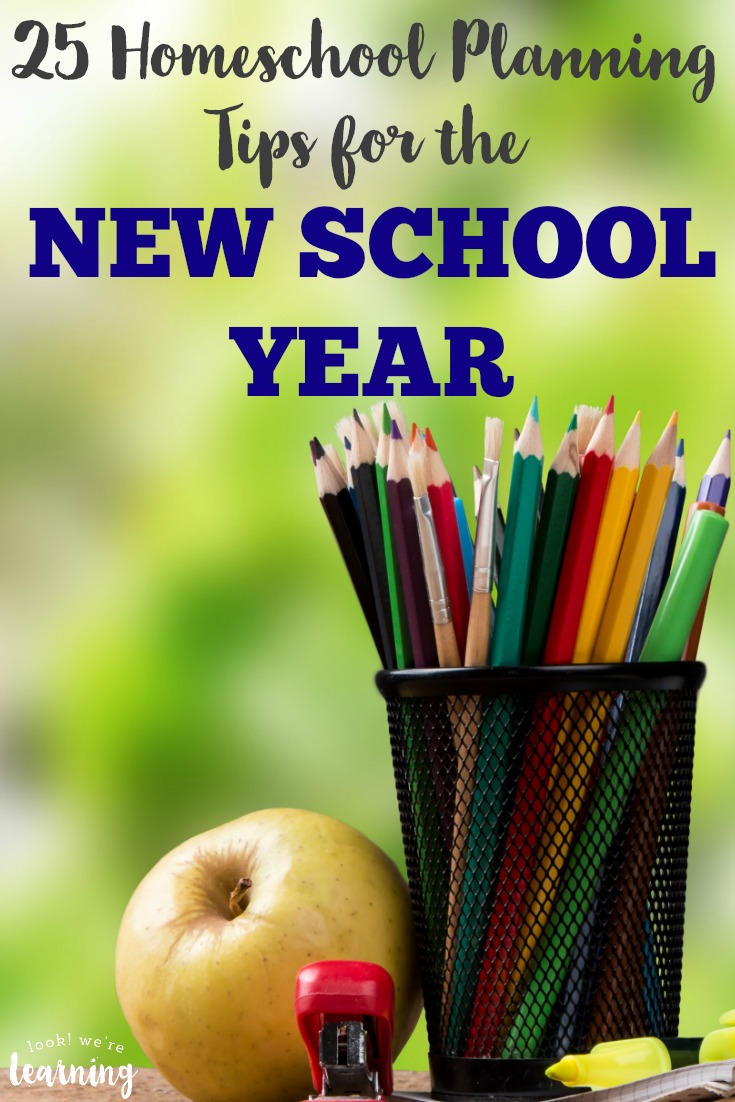This post contains affiliate links, which help to support this site. Thank you!
Big news today! Amazon.com has announced the new Amazon Kindle Unlimited books program! With this monthly subscription, you can get access to more than 600,000 books a month for the low price of $10 per month!
















